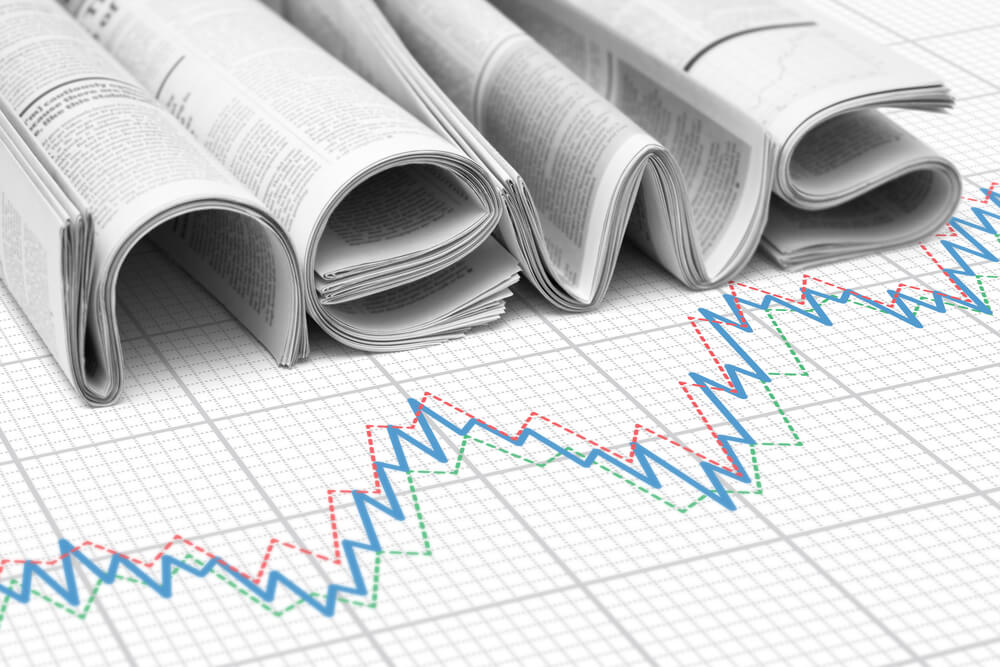
In this article, we will delve into how fundamental factors and political events influence currency rates, provide vivid examples, and share the main secret—how to leverage them to a trader’s advantage.
Article content
Forex stands out as the most resilient market against speculation, largely due to its colossal turnover. In 2024, approximately 6 trillion US dollars are traded daily in the global foreign exchange market. With such immense volumes, it’s hard to imagine a participant capable of significantly shifting the balance, except for central banks, which are unable to trade for profit.
However, despite the limitations for speculators, charts occasionally experience sharp movements of prices, accelerations and unexpected volatility, largely influenced by fundamental factors, often stemming from political events.

Fundamental Factors
Fundamental factors encompass indicators of a country’s political and economic condition and their changes, which can be categorized into three groups.
Events of Minor Significance
To understand how currency rates change, just take a look at an economic calendar. Every day, various events unfold:
- Government agencies and private companies release data and statistics.
- Key speakers give speeches.
- Significant indices are released.
- Trade results are reported.
And that’s just a glimpse. Even on the quietest days, dozens of news come out, each affecting exchange rates.
Significant Events
Central banks play a significant role in international financial markets. While they don’t aim for profit, their actions—like large purchases or sales—can significantly impact currency rates by altering demand and supply. Also, major changes in trade balances and bank interest rates are key events to watch.
Keep in mind that any political or economic event, even one initially deemed minor, can quickly become significant if it surprises the market. For example, if everyone expects a central bank to hold its key interest rate steady, but the regulator suddenly hikes it, the market will react immediately.

“Black Swans”
These are events and decisions that were extremely difficult or impossible to predict. They include wars, pandemics, crises, and unexpected outcomes of political processes. They always pique traders’ interest and, at the same time, ignite serious concerns. After all, a trader’s job is to predict market movements, and a “black swan” event is often unpredictable.
Examples of “Black Swans” Affecting Foreign Exchange Rates
On June 23, 2016, a referendum about whether the UK should remain a member of the European Union was held in the United Kingdom. This was the culmination of a process that began three years earlier with the campaign promise of the country’s future Prime Minister David Cameron. Despite extensive preparation and accompanying news, the market assumed that the residents of Great Britain would choose to remain in the EU. The level of confidence among key Forex participants is evidenced by the fact that the pound was strengthening right up to the day of the vote. On June 23, 2016, its exchange rate against the US dollar was 1.4982.
The results of the referendum are well known—the proponents of leaving the EU won by almost a 4% margin. This was so unexpected that the pound’s rate fell to 1.3672 the next day, and then continued its downward trend.
Interestingly, in this case, we observe a situation where trading outcomes were influenced by belief rather than facts. Despite the existence of at least four public opinion polls conducted 2-3 months before the referendum, which predicted its outcome, the very idea of the country leaving the European Union seemed so implausible that experts misinterpreted the poll results, citing “statistical errors.” This serves as a valuable lesson for all traders—we should place much more trust in facts and figures than opinions.
Another curious example is Donald Trump’s victory over Hillary Clinton in the US presidential elections. Unlike the Brexit story, here the figures were entirely in Clinton’s favor. The day before the vote, she led Trump by 4% according to public opinion polls. Bookmakers, offering odds on political events, gave a 5:1 ratio for those willing to bet on Trump the evening before election day.
Unexpectedly for everyone, the Republican candidate became the President of the United States. Since many of his campaign promises focused on stimulating the economy, the US dollar began to strengthen against the euro even before the voting results were confirmed. Over two weeks, the EUR/USD rate changed from 1.1 to 1.05. However, economists’ expectations for the new president’s decisions were not met, and in 2017, the euro was already valued at 1.2 dollars.

Conclusion
There are numerous crisis examples like these. However, it is far more important for traders to understand how to respond to significant news releases. Here are the main recommendations:
- Monitor news daily.
- Familiarize yourself with assessments from various experts.
- Be extremely cautious.
- Control your emotional state.
- Always use “stop-loss” and “take-profit” orders.
Remember, important political events not only change the trend but also cause very strong volatility. During crises, charts can experience numerous sharp movements in both directions. Only the utmost caution and quality risk management will help you avoid losses. By remaining calm and using “stop-loss” and “take-profit” risk management tools, a trader can significantly improve their positions even during major political upheavals.






